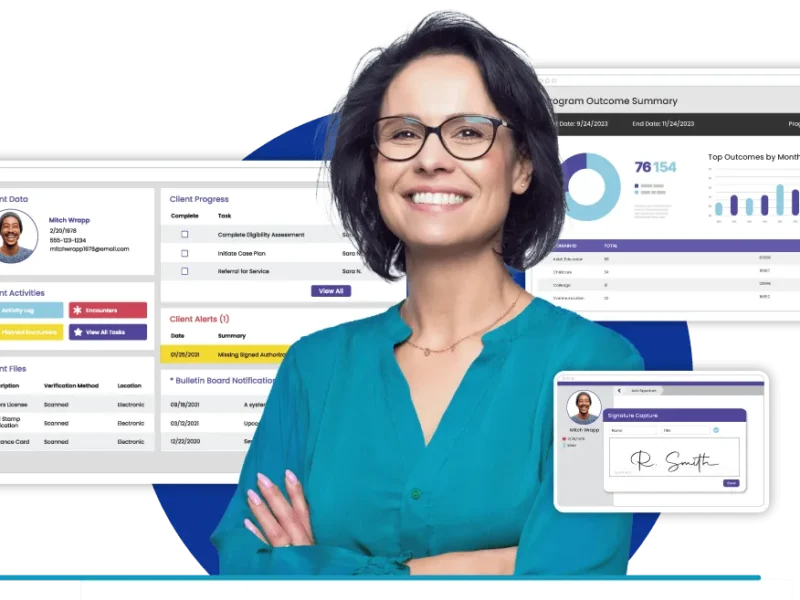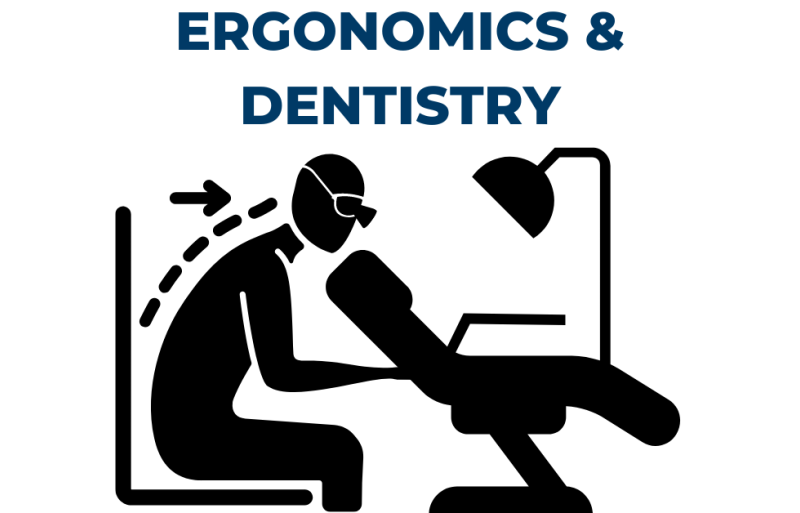In the fast-evolving world of architecture, construction, and facility management, as-built drawings serve as the essential record of what was constructed, capturing every detail of the final build.
However, traditional paper-based as-built drawings can be cumbersome to store, update, and share, often leading to inefficiencies and errors during renovations or maintenance. As we move further into 2025, digitizing these crucial documents has become more than a trend — it’s a necessity.
Leveraging cutting-edge tools and advanced techniques, professionals can now transform as-built drawings into precise, accessible, and interactive digital models that enhance collaboration, accuracy, and project lifecycle management.
In this article, we’ll explore the latest methods and technologies redefining the digitization of as-built drawings, helping you stay ahead in the modern construction landscape.
The Challenges of Traditional As-Built Drawings
Traditional as-built drawings are important documents that show how a building or structure was built. They are made after construction is finished to record any changes from the original plan. However, using traditional as-built drawings comes with many challenges.
One big problem is accuracy. During construction, changes often happen on-site, but sometimes these changes are not properly recorded. This means the drawings may not match the real building. This can cause confusion for builders, architects, or engineers who rely on these drawings for repairs, renovations, or future work.
Another challenge is the time it takes to create these drawings. After construction ends, someone must measure and draw the whole building again. This process is slow and takes a lot of effort. Because it is done manually, there is also a higher chance of mistakes.
Traditional as-built drawings are usually done on paper or in simple CAD files. These formats can be hard to update or share with others. If a change happens later, updating the drawings can be complicated and costly.
Also, traditional drawings do not always provide a clear 3D view of the building. This can make it difficult to understand complex parts of the structure or systems like plumbing and wiring.
In short, traditional as-built drawings face problems like poor accuracy, long preparation time, difficulty in updating, and lack of clear visualization. These challenges make it harder to maintain, repair, or improve buildings efficiently. New digital methods are now helping to solve many of these issues.
Key Benefits of Digitizing As-Built Drawings
Digitizing as-built drawings means converting paper or hand-drawn plans into digital files using computers and software. This process brings many advantages that make work easier and faster for architects, engineers, and builders.
First, digital drawings are easy to store and organize. Unlike paper drawings that can get lost or damaged, digital files can be saved safely on computers or cloud storage. This means you can access them anytime and from anywhere without worrying about wear and tear.
Second, digital as-built drawings are easier to update and share. When changes happen on a project, it’s simple to edit the digital file and send it to team members quickly. This helps everyone stay on the same page and reduces errors caused by outdated information.
Third, digitized drawings improve accuracy. Software tools allow users to zoom in and measure details precisely. This reduces mistakes compared to reading small handwritten notes or blurry paper copies. It also helps in better planning for repairs, renovations, or expansions.
Another benefit is space-saving. Storing large paper drawings takes a lot of room, but digital files need only computer space, which is much smaller and more efficient.
Lastly, digitizing as-built drawings supports better project management. It makes it easier to track progress, compare old and new plans, and keep records for future use. This saves time and money, making construction and maintenance work smoother.
In short, digitizing as-built drawings brings convenience, accuracy, easy sharing, and safe storage, helping professionals work smarter and faster.
Tools for Digitizing As-Built Drawings in 2025
As-built drawings show the exact details of a building or structure after it is finished. Digitizing these drawings helps architects, engineers, and builders keep accurate records and make future changes easier. In 2025, many new tools will make digitizing as-built drawings faster and more accurate.
One popular tool is 3D laser scanning. This device scans the entire building and creates a detailed 3D model. It saves time because it captures everything in minutes, unlike manual measuring, which can take days. The scanned data can be used in software to create precise digital drawings.
Another tool is photogrammetry. This uses photos taken from drones or cameras to create 3D models of buildings. It is helpful for large or hard-to-reach places. The pictures are processed by special software that turns them into digital drawings.
Mobile apps and tablets are also useful. Many apps let users take measurements and notes directly on the site, which sync with digital plans. This reduces mistakes and speeds up the process.
Software like AutoCAD, Revit, and BIM (Building Information Modeling) platforms help turn scanned data and photos into clear, editable digital drawings. These tools allow easy updates and sharing with the whole team.
In 2025, digitizing as-built drawings is easier and more precise than ever. Using laser scanners, drones, mobile apps, and smart software helps professionals save time, reduce errors, and improve project management. This technology is changing how buildings are documented and maintained for the future.
Techniques for Digitizing As-Built Drawings
As-built drawings show how a building or structure looks after construction is finished. They are important for future repairs, renovations, or extensions. Digitizing these drawings means turning paper plans into digital files. This makes them easier to store, share, and update. Here are some common techniques used for digitizing as-built drawings.
- Scanning
The simplest method is scanning paper drawings using a flatbed or large-format scanner. This creates a digital image of the drawing. However, the result is just a picture and not easy to edit. - Vectorization
After scanning, drawings can be converted into vector files. Vector drawings use lines and shapes instead of pixels. This helps make changes and measurements easier. Software like AutoCAD or Adobe Illustrator can be used for this process. - Manual Digitizing
In this method, a person traces over the scanned image using CAD software. This is slow but gives very accurate results. It’s good for complex or old drawings that are hard to scan clearly. - 3D Laser Scanning
This is a modern technique where a laser scanner captures the exact shape of a building in 3D. It produces very detailed digital models. The data can be converted into 2D drawings or 3D models for further use. - Photogrammetry
This technique uses photos taken from different angles to create digital models. It is cheaper than laser scanning but less accurate.
The End Note
As we progress through 2025, the digitization of as-built drawings has become a critical step in improving how construction projects are managed, maintained, and evolved over time. Traditional methods, while foundational, are no longer efficient or accurate enough to meet the demands of modern architecture and facility management. By embracing innovative tools like 3D laser scanners, photogrammetry, mobile apps, and powerful software platforms such as AutoCAD and BIM, professionals can turn static paper drawings into dynamic, interactive digital assets.
These digital techniques not only enhance accuracy and collaboration but also make it easier to update, share, and store crucial building information. From simple scanning and vectorization to advanced 3D modeling, each technique offers unique advantages tailored to specific project needs.
Ultimately, digitizing as-built drawings transforms them from outdated documents into living resources that support smarter decision-making throughout a building’s lifecycle. As technology continues to evolve, those who adopt these digital solutions will be better equipped to deliver quality results, reduce errors, and stay competitive in an increasingly data-driven construction industry.


